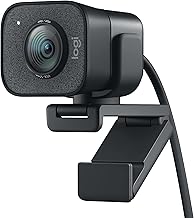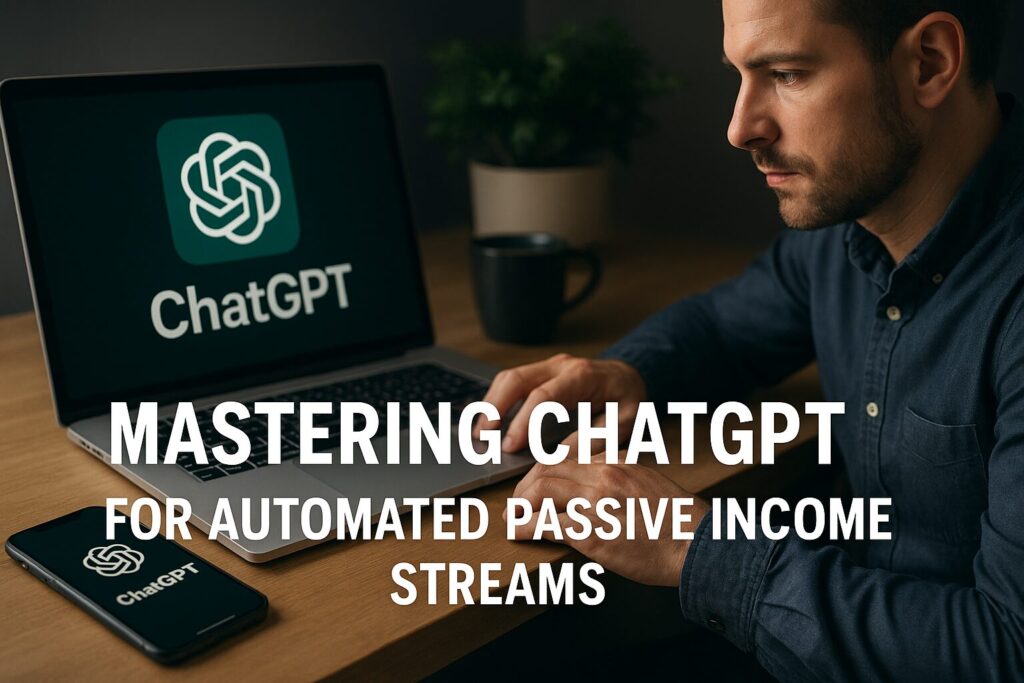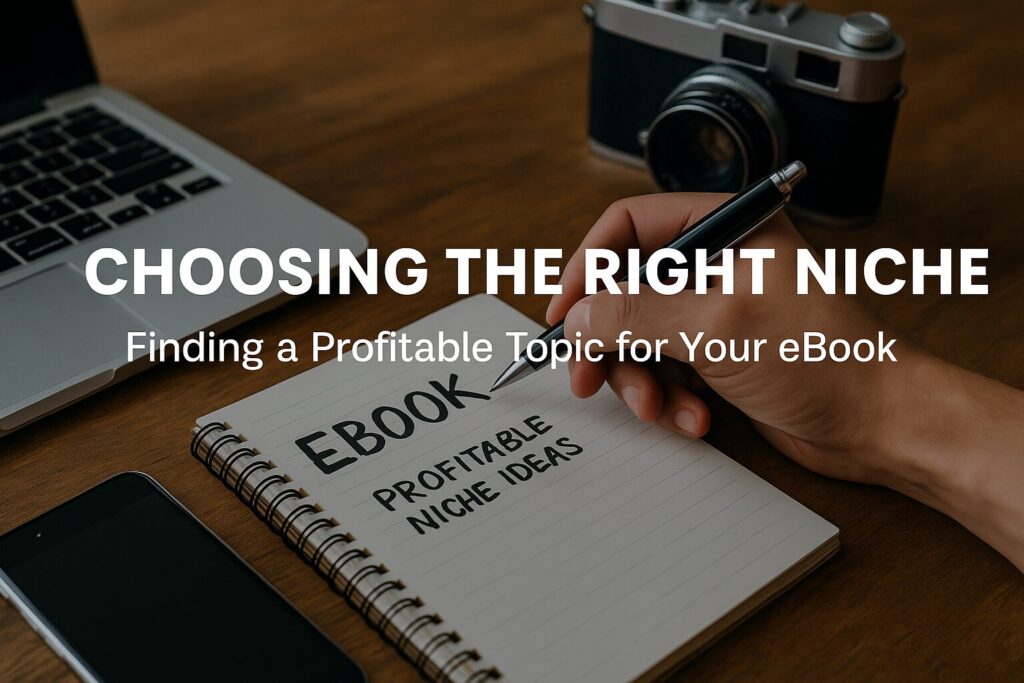Microcourses, Macro Profits: Sell Short AI-Assisted Video Lessons Online
Most people think you need to be a guru with years of experience and a professional film crew to make money teaching online. That’s outdated thinking. The truth is, people don’t want a 10-hour “masterclass” anymore. They want quick wins in bite-sized lessons.
That’s where microcourses come in — short, focused, actionable courses that can be created faster, sold cheaper, and scaled endlessly.
And thanks to AI, creating them has never been easier. From scripting to editing to delivering, AI tools cut your workload down to almost nothing. This isn’t about being a teacher; it’s about being a curator of knowledge who packages solutions in a way that busy people love.
If you’ve been looking for an online hustle that actually works without burning you out, this one deserves a serious look.

Why Microcourses Are Exploding
Think about your own habits. Would you rather:
- Sit through 12 hours of video, or…
- Watch a 45-minute course that solves your problem today?
Exactly.
We’re in a just-in-time learning economy. People don’t want degrees; they want outcomes. And they’ll pay for fast solutions like:
- How to create an Etsy listing that sells.
- How to use AI to write a killer resume.
- How to launch a Shopify store in an hour.
- How to edit YouTube Shorts quickly.
These “micro-skills” are what’s driving demand. And since most big-name course creators are still chasing “mega programs,” the microcourse niche is wide open for smaller creators like you.
Where the Money Comes From
There are three main ways to monetize microcourses:
1. Marketplaces
Upload your microcourse to sites like Udemy or Skillshare. They already have built-in traffic. You earn per sale or through royalties.
2. Direct Sales
Host your course on Gumroad, Teachable, or Podia. Sell it directly to your audience and keep the majority of the revenue.
3. Bundles & Upsells
Offer themed bundles like:
- “AI Productivity Starter Pack” (3 courses for $99).
- “Freelancer Fast-Track Kit” (5 microcourses for $149).
This multiplies your earnings without extra filming.
Step 1: Pick Your Niche (and Keep It Narrow)
The #1 mistake beginners make? Going too broad. Don’t create a “Social Media Marketing Course.” That’s too vague and saturated.
Instead, go laser-focused:
- “How to Get Your First 500 Followers on TikTok.”
- “Design a Canva Instagram Reel in 30 Minutes.”
- “Use AI to Create Blog Outlines That Rank.”
Microcourses thrive on specific outcomes.
Ask yourself: What’s one problem I can help someone solve in under an hour? That’s your course idea.
Step 2: Use AI to Script It Fast
You don’t have to write a textbook. A microcourse only needs:
- A short intro (set the promise).
- 3–5 core lessons (the solution).
- A recap (action steps).
AI tools like ChatGPT can outline and script these in minutes. For example, prompt it:
“Outline a 5-part microcourse teaching beginners how to use ChatGPT to brainstorm blog post ideas.”
You’ll get a ready-made structure. All you have to do is add your personality and experience.

Step 3: Build Slides and Visuals With AI
Don’t stress about being a designer. Tools like Canva, Beautiful.ai, or Tome can auto-generate slide decks that look pro.
Pro tip: Use AI-generated visuals (like diagrams or stock-style images) to keep your slides engaging. You don’t need a Hollywood set — clean slides + a clear voice = a professional course.
Step 4: Record Without Stress
Here’s where most people panic: “I hate being on camera.”
Relax. You’ve got options:
- Voiceover only: Record audio while showing slides.
- AI Avatars: Tools like Synthesia let an AI presenter speak your script.
- Screencasts: Record your screen while walking through a process.
And if you do want to show your face, you don’t need a studio. A quiet room, decent lighting, and a cheap mic are more than enough.
Step 5: Edit With AI
Editing used to be the bottleneck. Now it’s easy:
- Descript – Automatically edits audio/video like a doc. Cut filler words instantly.
- Runway ML – AI-powered video editing, captions, and effects.
- CapCut – Free, simple editor for beginners.
In 1–2 hours, you can go from raw footage to a polished microcourse.
Step 6: Publish and Distribute
Where you publish depends on your goals:
- Udemy/Skillshare: Great for exposure but lower payouts.
- Gumroad/Podia/Teachable: Higher margins, you own the audience.
- Your own site: Best for long-term growth, but requires traffic.
Smart play? Do both. List on marketplaces for visibility, and also sell directly for profit.
Step 7: Price It Right
Microcourses aren’t meant to cost $999. They sell on volume.
- Single course: $10–$50.
- Bundles: $50–$150.
- Premium kits: $200+ (combine multiple microcourses, templates, and worksheets).
The beauty is that once your course is created, it costs you nothing to sell again.
Gear That Helps (But Won’t Break the Bank)
A few cheap upgrades can make your course look and sound 10x more professional:
- Blue Snowball USB Mic – Crisp voiceovers under $50.
- Logitech C920 Webcam – Affordable, sharp video for talking-head lessons.

- Neewer Ring Light Kit – Clean lighting so you don’t look like a cave dweller.
Remember: people care about clarity, not Hollywood polish.
The Passive Income Potential
So what can you really make?
- Beginner (1–2 courses): $100–$300/month.
- Intermediate (5–10 courses): $1,000–$2,500/month.
- Advanced (20+ courses/bundles): $5,000+/month.
And that’s just from sales. If you build an email list alongside it, you can upsell coaching, digital products, or affiliate offers.
Pro Tips for Faster Sales
- Keyword research: Look at Udemy or Skillshare search bars to see what people are typing in.
- Make it actionable: Every lesson should end with a “do this now” step.
- Batch record: Create 2–3 courses in a weekend, then drip them out.
- Add extras: Include checklists, templates, or workbooks.
- Cross-promote: Plug your other courses inside each microcourse.
Why This Works as a Side Hustle Right Now
This isn’t about being an “expert.” It’s about being one step ahead of someone else and packaging that into a fast, clear lesson.
- ✅ AI does the heavy lifting for scripting, slides, and editing.
- ✅ Demand is massive — content creators and freelancers are hungry for micro-skills.
- ✅ Passive income model: make once, sell forever.
- ✅ Scalable: the more courses you make, the more you earn.
- ✅ Perfect fit for side hustlers who want results fast.
Microcourses are like digital real estate. Each one you create is an asset that can keep paying you for years.

Call to Action: Build Your First Microcourse This Weekend
Here’s your challenge:
- Pick one problem you can solve.
- Script 3–5 lessons with ChatGPT.
- Record yourself (or use an AI avatar).
- Upload to Gumroad or Udemy.
That’s it. You’ll officially be in the course business.
And if you want to stack this hustle with other proven online income streams, I highly recommend Wealthy Affiliate. It’s where I learned to build sites, grow traffic, and monetize — the perfect ecosystem to turn a simple microcourse into a real digital income stream.
FAQs
Q: Do I need to be an expert to create a microcourse?
A: No. You just need to know more than the beginner you’re teaching.
Q: How long should a microcourse be?
A: 30–60 minutes of content is the sweet spot.
Q: Can I sell the same course on multiple platforms?
A: Yes. Many creators list on Udemy and sell directly on Gumroad.
Q: What topics sell best?
A: Skills that are actionable and in-demand — AI tools, freelancing, productivity, content creation, and side hustles.
Q: How much can I really make?
A: A single microcourse won’t make you rich, but a portfolio of 10+ can add thousands in recurring income.
Final Thoughts
Online learning has changed. People don’t want to sit through massive programs — they want snackable knowledge they can apply today.
AI has made it easier than ever to produce those microcourses. You don’t need to be a pro, and you don’t need a studio. You just need to start creating.
Each microcourse you build is another digital asset. Build enough of them, and you’ll have a library that sells itself, 24/7, while you focus on whatever’s next.
So grab a mic, fire up your laptop, and start small. Your first microcourse could be live by Monday — and paying you for years.

Larry Mac
Hi there, and thanks for stopping by! My name is Larry, and I’m the voice behind 6fig.com. I search the Internet to try and find money-making opportunities to share.. Thanks for stopping by. Feel free to subscribe and comment. Thank You!
You Got This, I Learned these skills and more at Wealthy Affiliate. Hey, if this 65-year-old Grandfather can make money online, you can too!


